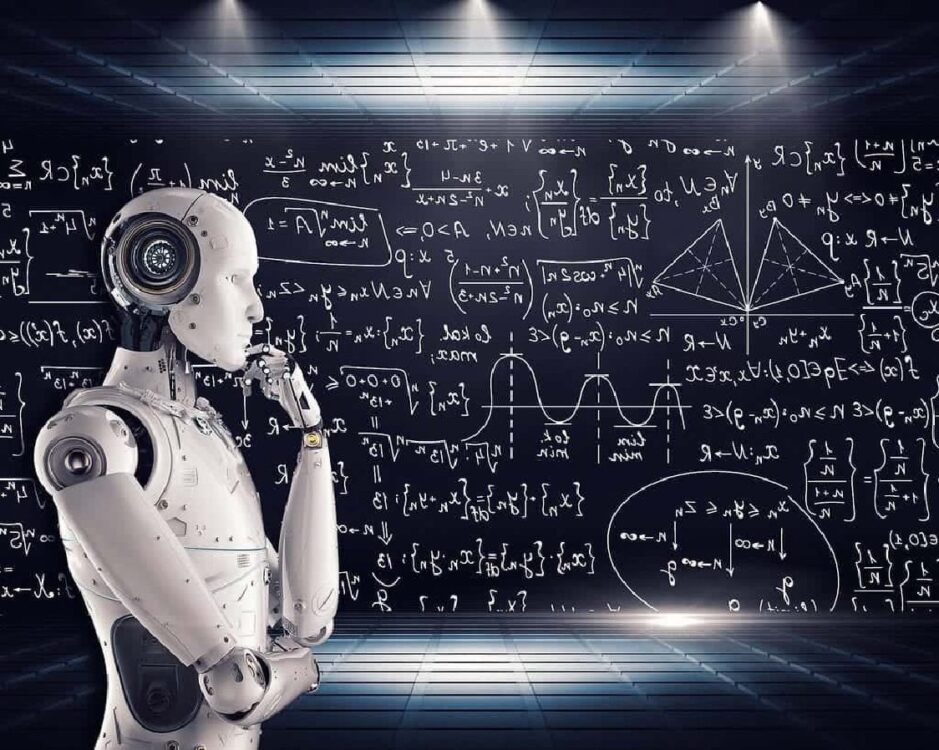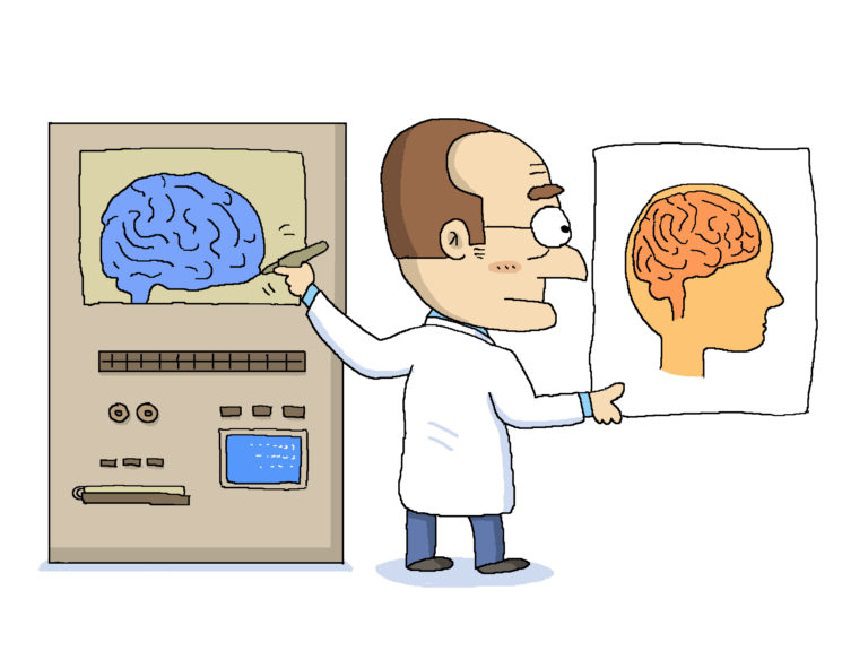nowadays, AI (artificial intelligence) is used throughout our lives. even some of the newspaper’s sports articles are written by artificial intelligence. in the future, the role of artificial intelligence in our lives will be expanded, making it impossible to live without it in the future. however, artificial intelligence is only a computer program that realizes what human intelligence can do. the computer can only notice the ‘on’ and ‘off’ signals with no current flowing, which represents on to 1 and off to ‘0’. but how can a computer that only knows 0 and 1 become artificial intelligence?
what is ai?
a signal representing either 0 and 1 on a computer is called a bit, and a bit is the smallest unit of information that the computer processes. because the bit is 0 or 1, there is little that can be expressed in a single bit. so we tie eight bits together and process them at once, which is called bytes. using this byte, the computer can display information such as numbers and letters. bytes can be multiplied eight times by two signals (0 and 1) of the bit so that 256 pieces of information can be represented. so the alphabet can express one character in one byte, two characters with a number of bytes, and a special character as one byte.
you can create different languages that create programs with characters and numbers expressed in these bytes, and you create programs by writing commands one by one in this programming language. if this program replaces what human intelligence can do, we call it the ai program.

the top-down approach and expert systems
in the summer of 1965, 10 scientists gathered at Dartmouth College in the u.s. to study the possibility of developing computer programs that could think like humans for two months. from this point on, ai research began. in the early 30 years of ai research, scientists worked to create artificial intelligence with a top-down approach. a top-down approach is a method in which the whole (top) determines the part (below). in artificial intelligence development, a top-down approach is to store rules and information related to intelligence on a computer and to make your own decisions compared to information that the computer has come from outside.
this method is an attempt to bring human intelligence to the fore, regardless of how the human brain processes information. eventually, scientists found that there were limitations to creating computer programs that replaced human intelligence in this way. instead, they realized that the more knowledge they had entered into the program, the more problem-solving they had. so, at the end of the 1970s, scientists began developing expert systems that incorporated large amounts of knowledge from specific fields.
an expert system is a program that puts the knowledge or experience of an expert in a particular field into a computer so that the computer can make the same judgment or reasoning as the expert. for example, if you want to create a computer program that diagnoses a car failure, you can gather a lot of knowledge about the failure of the car and create a program. the program answers questions about car failure symptoms. however, expert systems often failed to do the basic work that human intelligence could do, no matter how much information it could. for example, the expert system can’t recognize cats by photos alone, no matter how much information they have about them.
artificial neural networks and bottom-up approaches
scientists have come up with new approaches in artificial intelligence development since the late 1980s. it’s a way to mimic a person’s brain. to know how to do this, you need to know about human brain cells. the human brain consists of about 100 billion brain cells called neurons, which are intricately linked. this connection between brain cells is called synapses, and there are 100 trillion synaptic connections in our brain. information provided by sensory organs such as our eyes, ears, and tactile sensations is turned into electrical signals and transmitted to the brain. every time we see the same thing, signals transmitted from the eye to the brain produce the same signaling pattern among brain cells.
therefore, if we see something often, the same signal pattern is repeated between brain cells, so that we can learn and remember repeatedly. ai scientists have created a model called an artificial neural network that mimics the learning process of the human brain. usually, a personal computer has only one or four computing devices, but artificial neural networks have many artificial neurons with simple computational functions connected to each other like real neurons in the brain. the artificial neurons that makeup the neural network learn by sending and receiving signals like neurons in the real brain. because ai is created through the learning of so many artificial neurons, this model is a bottom-up approach based on a bottom-up approach from bottom to top.
it is known that computers only work according to program rules created by programmers, and they cannot change the rules themselves or figure out new rules. however, computer programs using artificial neural networks can learn from mistakes and fix their own errors, allowing them to adapt over time and improve performance. the process of learning artificial neural networks is as follows: for example, if you give an ai a picture with the number 3 in black on white paper, the ai will finely slice the figure and analyze which pieces of each piece are white and which pieces are black.
at first, you are more likely to answer incorrectly because you answer randomly, but you will reduce errors over and over trial and error. in the end, remember the path that came up with the answer 3. the number 3, which is used in another handwriting, is also taught this way, and eventually the ai learns that even the first handwriting you see is the number 3. in this way, current ai can distinguish between cats and dogs by photography alone, understand human words, and do various things that human intelligence can do.


